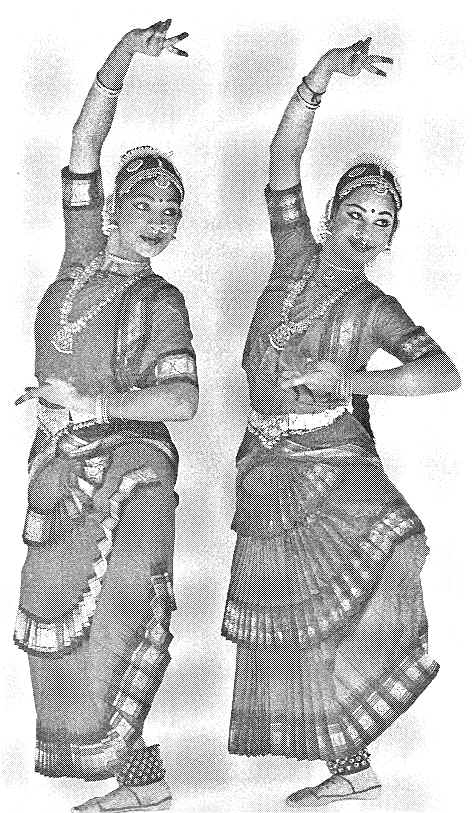 |
 |
 |
 |
 |
 |
 |
 |
 |
 |
 |
 |
 |
 |
|
|
|
|
|
|
|
|
|
|
|
|
|
|
|
 |
|
|
|
|
 |
|
|
|
|
|
|
|
|
|
|
|
|
|
CLASSICAL FLAVOR!
Indian classical music has firm roots in South India in the form of Carnatic music, which is well-anchored by the compositions of the Music Trinity - Sri Thyagaraja, Sri Muthuswamy Dikshitar and Sri Shyama Sastri. They were followed of course by numerous other composers of eminence. This tradition is being carefully preserved and passed on from generation to generation of dedicated musicians.
Carnatic music has close connections with the Vedas. In the Sama Veda, one comes across the
|
|
|
|
|
|
|
|
|
|
|
seven Swaras and the Vedas, which have to be recited in a musical tone. Carnatic music is unique with renditions based on the Thalam (Metric), the Swaram (Semitones), the Sruti (Tone) and the Ragam (Melody).
Even though Carnatic music has 7 basic notes in an octave similar to Western music, it is considered more intricate and creative. The variety that one can create whilst remaining within the framework of the Thalam continues to amaze many people, even from the West. This form of music has long been used to profess devotion to one's deities, with almost all the compositions in praise of the Supreme.
|
|
|
|
|
|
|
|
|
|
|
History has taught us that music has made miracles and can be used as a medium to attain eternal bliss. It has also shown us that music has magical healing powers... and research in that field grows steadily.
It is heartening to see lots of young talented artists devoting their life to Carnatic music and seriously considering it as a profession. This only goes to assure that Carnatic Music will not only survive but will definitely flourish in the years to come.
Ganesh Sankaranarayanan
(ganeshs@uta.edu)
|
|
|
|
|
|
|
|
|
|
|
|
|
Carnatic music has seven basic notes similar to Western Music...
|
|
|
|
|
|
|
|
|
|
|
|
|
|
|
|
|
|
|
|
|
|
|
IMACS News Roundup
"Astonishingly beautiful, uplifting and invigorating"
|
|
|
|
|
|
|
|
|
 |
|
|
|
|
|
|
|
|
|
|
|
|
That's what Bill Ginevicz, an artist from FortWorth had to say on attending 'Natyanjali', the Bharatanatyam dance program that was organized by IMACS, on Saturday, 29th of July 2000.
Priyadarshini and Subhashini Ravindharan, Bharatanatyam dancers belonging to the Kala Vandana Dance Center, CA held the audience captive in their seats for two and a half hours of dance that was composed of expression, rhythm, and professionalism. The grace and elegance of the sisters dazzled the audience as they danced to a live orchestra of vocalists and musicians from India.
The show was well attended by people of different nationalities. The meaning of every dance was explained clearly before it was performed so that everybody could appreciate the true depth of the different expressions and gestures that were conveyed during the dance.
|
|
|
|
|
|
|
|
|
|
|
Priyadarshini and Subhashini are dance students of Ms. Sundara Swaminathan in San Jose, CA. They have also learned from the Dhananjayans, eminent Indian Bharatanatyam dancers, both in India and the United States. Priyadarshini and Subhashini are pursuing their Bachelor's degree at UCLA and USC respectively.
We, at IMACS would like to take this opportunity to thank everybody involved in the organization of Natyanjali, which turned out to be a huge success. We shall be coming up with more shows like this for the forthcoming semesters. Stay tuned!
Karthik Thirumalai (karthik@uta.edu)
|
|
|
|
|
|
|
|
|
|
|
|
|
|
|
|
|
|
|
|
|
|
|
|
 |
|
|
|
|
|
|
|
1 3
4 |
|
|
|
IMACS
Homepage |
|



